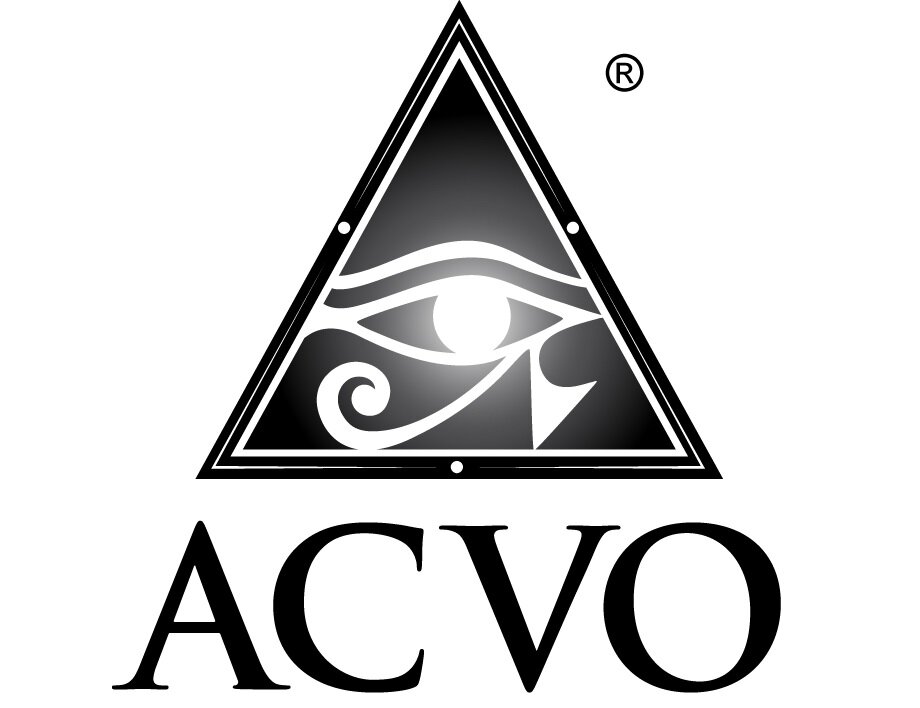Corneal Ulcers
The cornea is the transparent structure that makes up the surface of our eye. The cornea is prone to injury in animals and damage to the cornea is a common reason for evaluation by a veterinary ophthalmologist.
The external surface of the cornea is covered by many layers of epithelial cells. The next layer of the cornea is called the corneal stroma and it makes up most of the corneal thickness. Descemet’s membrane is a very thin membrane separating the stroma and the innermost layer which is the corneal endothelium. Corneal disease can affect any or all of these layers.
A superficial corneal ulcer occurs when the surface cells are disrupted. Stromal or deep ulcers are more serious and can even erode through the corneal stroma down to Descemet’s membrane. Deep ulcers can result in rupture or perforation of an eye.
Most corneal ulcers occur secondary to trauma like getting poked in the eye with a stick, rubbing the eye on the carpet, or rough play with another animal. We often do not know the exact cause of the corneal trauma in our pets. Damage to the corneal surface can also occur secondary to decreased tear production, eyelid or eyelash abnormalities, chemical exposure, bacterial or viral infection, or underlying systemic issues.
Corneal ulcers are very painful. Most pets will squint or keep their eye partially or completely closed. Many will also have mucoid discharge or tearing from the affected eye. Redness of the white part of the eye (conjunctivitis) and cloudiness on the surface of the eye may be noted as well.
A corneal ulcer is diagnosed by fluorescein stain testing. A drop of fluorescein stain is placed on the cornea and if the epithelial layer of cells is missing the stain will adhere to the cornea and fluoresce green under cobalt blue light.
Treatment of corneal ulcers typically involves topical antibacterial therapy. Most corneal ulcers should heal within 3-5 days unless there is some anatomical issue causing chronic irritation or underlying bacterial, fungal or viral infection interfering with the healing process. Pain medication may be prescribed to help with the discomfort associated with the ulceration. A protective Elizabethan collar may be utilized to prevent rubbing or self-trauma during the healing process.
Ulcers can worsen rapidly and become serious vision threatening issues. Your pet should be evaluated by a veterinarian if exhibiting signs consistent with ulceration. Your veterinarian will monitor the healing process and if the ulcer is not healing appropriately or if it is deep into the corneal stroma they may refer you to a veterinary ophthalmologist for evaluation.

